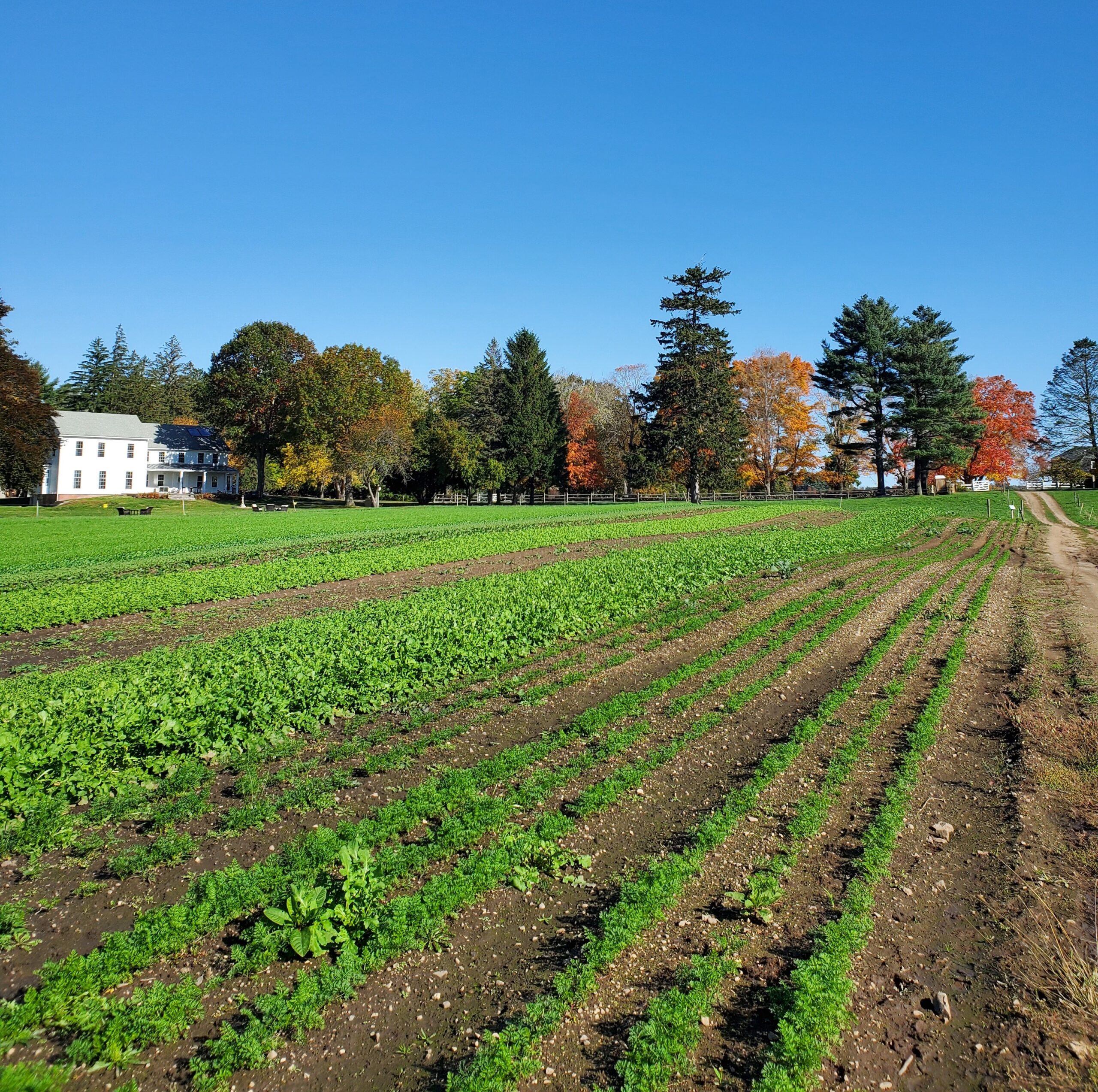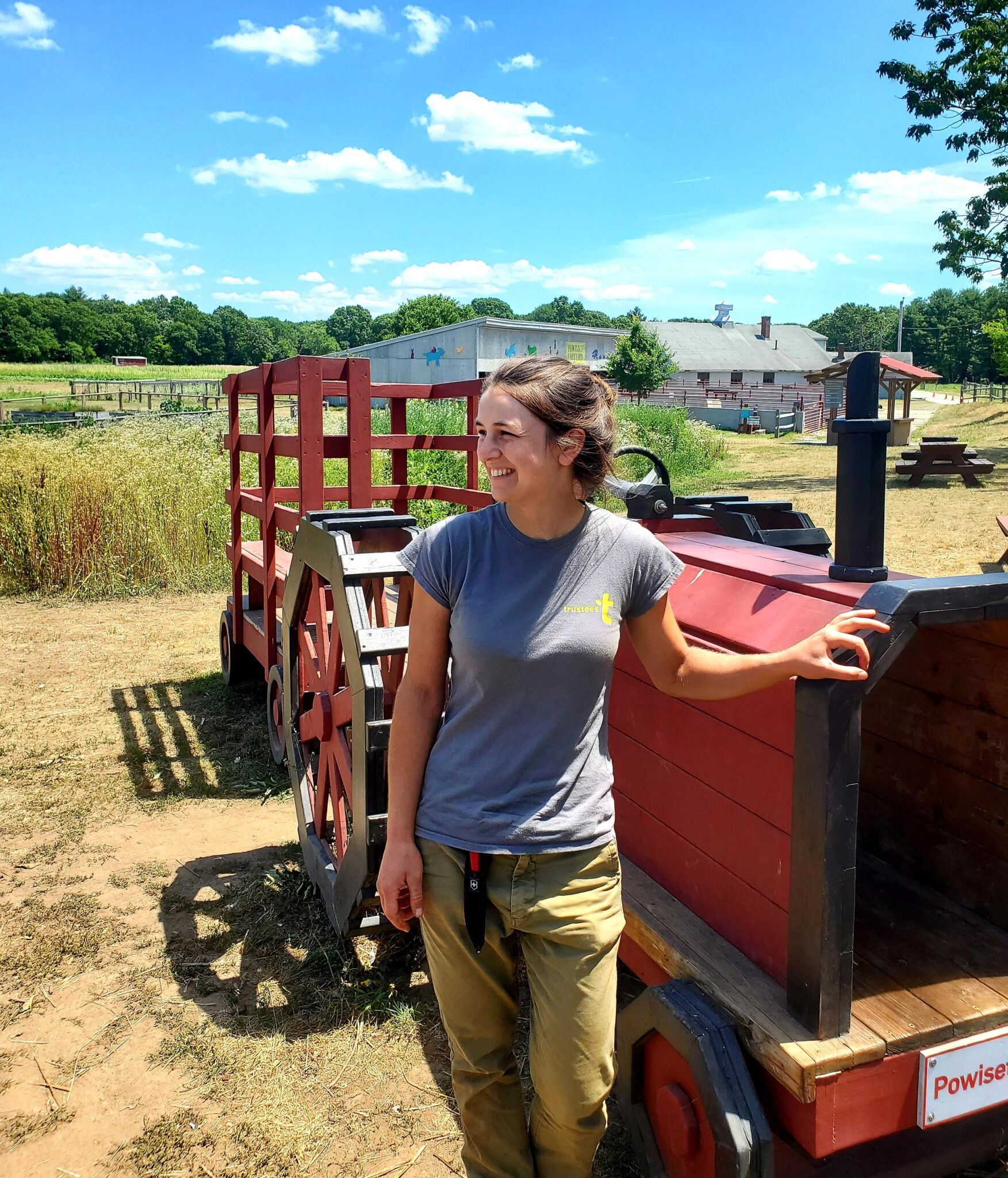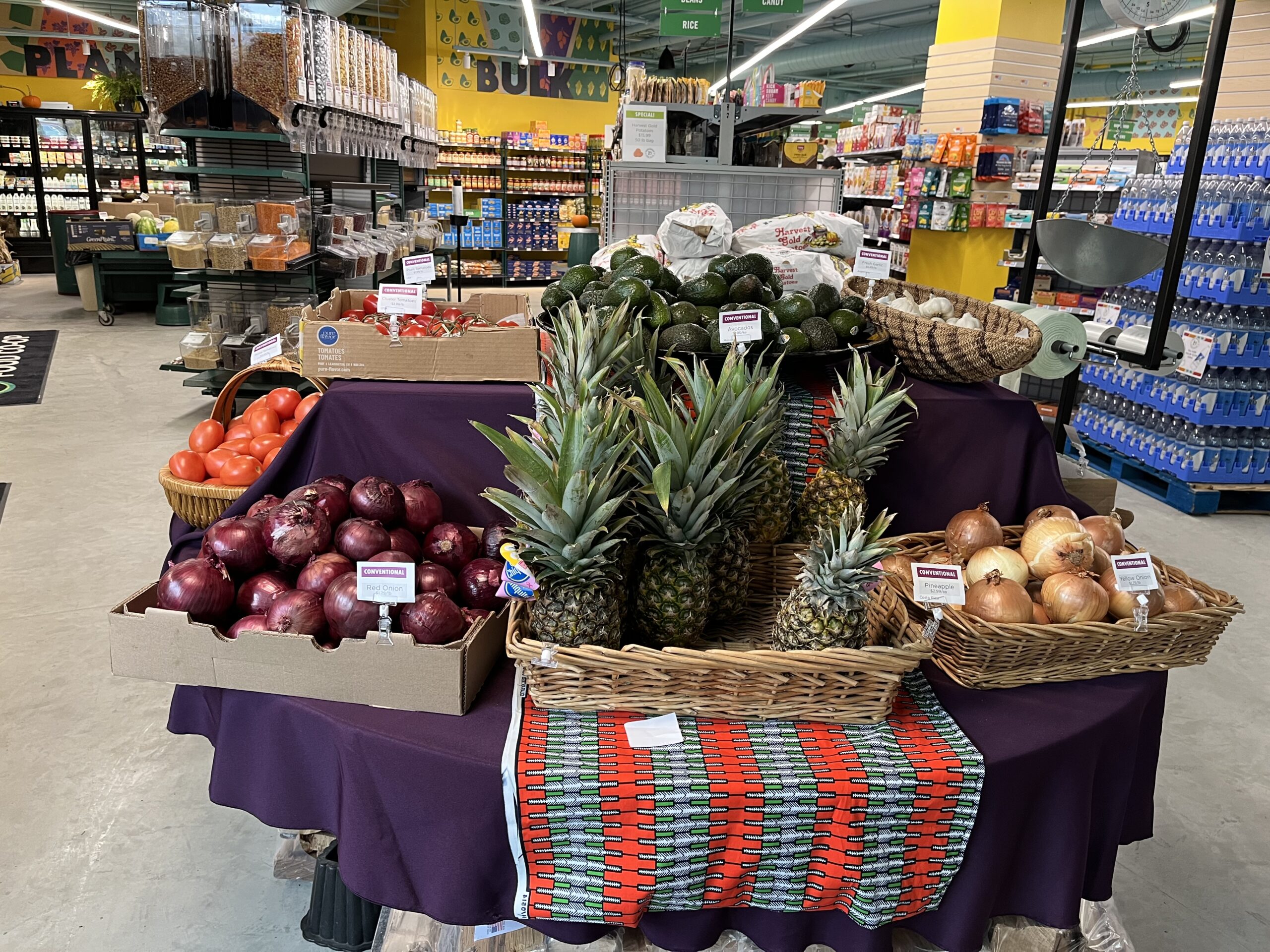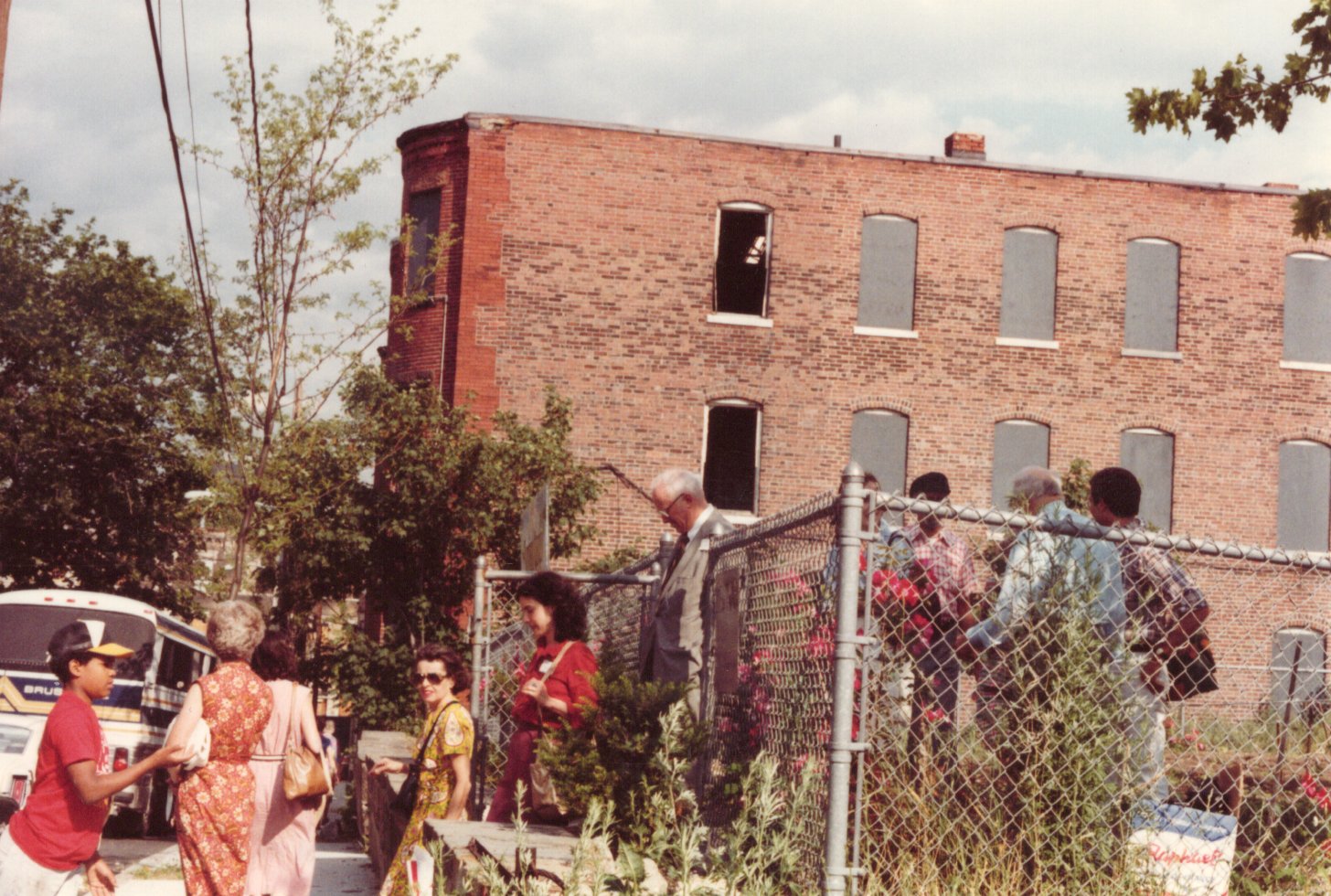
As the impacts of climate change accelerate across our Massachusetts farms and around the globe, it is critical to identify the most impactful emitters and prioritize immediate change. Agriculture as a source of Greenhouse Gas (GHG) emissions is one area where our daily choices – how exactly we go about the business of farming – really matter. At the Trustees, we are deeply interested in exploration and innovation to further improve best practices that build healthy soil, make our farms more resilient, and ensure our agricultural land effectively sequesters carbon.
Let’s explore agricultural emissions. How do they contribute to global warming and how do they differ from other GHG emissions? Most farm-related emissions do not come in the form of carbon dioxide (CO2), the most abundant and, therefore, dangerous of the gasses that remain and stockpile in the atmosphere for a very long time. Instead, most agricultural emissions are in the form of methane (CH4) and nitrous oxide (N2O).
Nitrous Oxide (N2O)
Nitrous oxide is a tricky issue as the primary agricultural source is synthetic nitrogen fertilizer. Nitrogen is a friend to farming and an essential nutrient for plant growth, driving biological processes such as photosynthesis. Nitrogen also feeds microbes and abundant soil microbes are an indicator of a healthy soil ecosystem. The problem is, when we ‘overfeed’ the soil micro-organisms, we significantly increase their biological activity and generate additional N2O. The reliance on the overapplication of synthetic fertilizer, combined with excessive tillage and bare soil, makes the problem worse. There are alternative practices, employed across Trustees farms, which include green manure or cover crops. These cover crops grow quickly to protect soil between annual crops, smothering out competing weeds and roots and improving soil structure while protecting from erosion. When turned into the ground, the plant residue returns valuable nutrients to the soil and further improves soil structure and fertility. Intense cover cropping and reduced tillage protect Trustees soils, feed our crops, and provide a model of limited nitrous oxide emissions.
Methane (CH4)
Methane is produced by microbes abundant in the digestive system of ruminant animals (cattle, sheep, goats, bison & deer) and any other environments where the breakdown of organic material occurs, such as landfills, sewage treatment plants, and large industrial manure lagoons. The process by which these animals digest is called enteric fermentation. Methane produced through enteric fermentation is part of the biogenic carbon cycle, which means it is derived from preexisting atmospheric carbon. It is being recycled, rather than being newly added. Methane released by cows, or any other source, persists for about 10-12 years in the atmosphere, after which it is converted into carbon dioxide (CO2). Plants then pull that CO2 down from the atmosphere through photosynthesis and store the carbon. Grazing ruminants eat those very plants, serving as important pathways for direct nutrient cycling in pastures. Finally, livestock belch and deposit digested plant material in the form of valued manure, and the cycle continues. In thinking about practices that make a difference, there is promising research emerging regarding feed additives such as red kelp or certain tannins found in tree fodder that can reduce the level of methane released by ruminant livestock.
Carbon Dioxide (CO2)
Lastly, let’s touch on direct carbon dioxide emissions from agriculture. CO2 is the most abundant and dangerous greenhouse gas. It has cumulative and long-lasting effects, as it stays in the atmosphere for 300-1,000 years. Again, most agricultural emissions are in the form of methane and nitrous oxide, not direct CO2, although there are sources of CO2 in farming systems, such as tractor passes, product transport, and on-farm energy use.
Another important factor in agricultural CO2 emissions is a concept called land use change, which occurs when forests or wetlands are converted to agricultural use. This practice releases vast quantities of stored carbon and is associated with agricultural GHG figures. As a conservation organization, the work of The Trustees is in land use preservation. We do not convert other lands into agricultural use. Trustees farmers also engage in reduced tillage, the practice of intentionally minimizing soil disturbance, focusing on the top layer of soil rather than deeper plowing activity, and minimizing tractor passes that compact soil. This protects soil carbon and minimizes CO2 release.
It is incredibly important to understand ways to reduce GHG emissions across sectors, including agriculture, and Trustees farms model ways to do so. There is a spectrum of agricultural practices, with conventional industrial agriculture at one end of that spectrum and regenerative farming at the other. At one end, the highly mechanized industrial system overfeeds soils with synthetic fertilizer, separates livestock from their feed supply, and requires feed transport, creating a massive manure management challenge resulting in pollution and increased methane, nitrous oxide, and carbon dioxide emissions. At the other end, where we find our Trustees farms, is a system based on livestock and field crop integration with minimal tillage, creating an efficient nutrient cycle where natural fertility comes from cover crops and livestock manure, resulting in increased soil organic carbon. We move the needle on farm-based GHG emissions when more people demand that their food come from regenerative, agroecological farms such as those operated by the Trustees.



